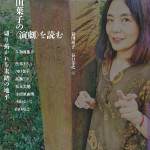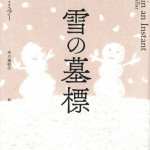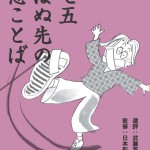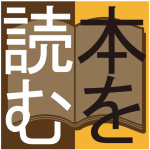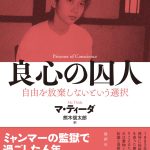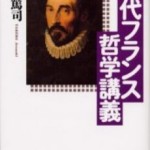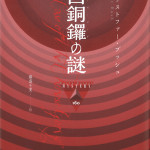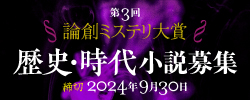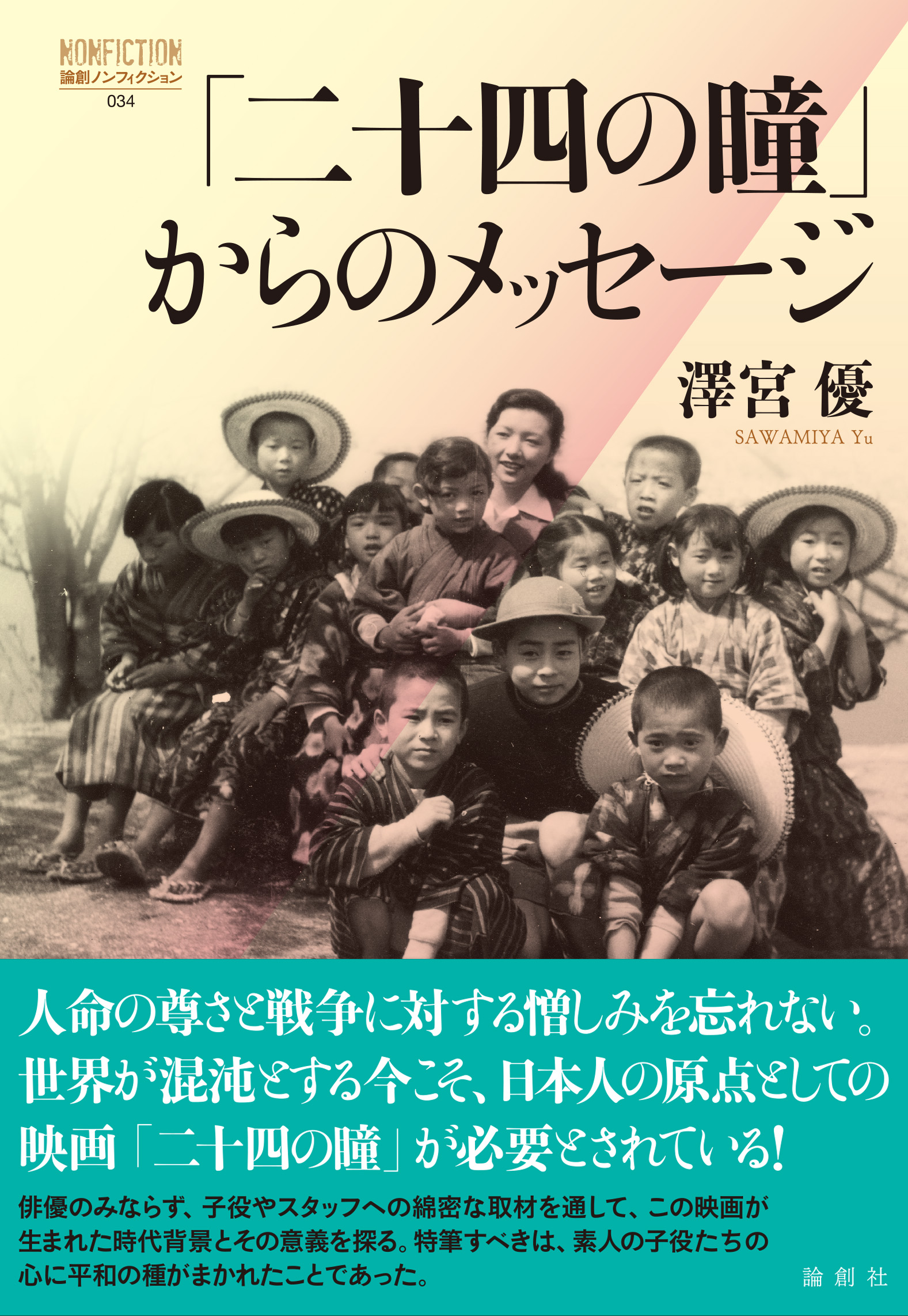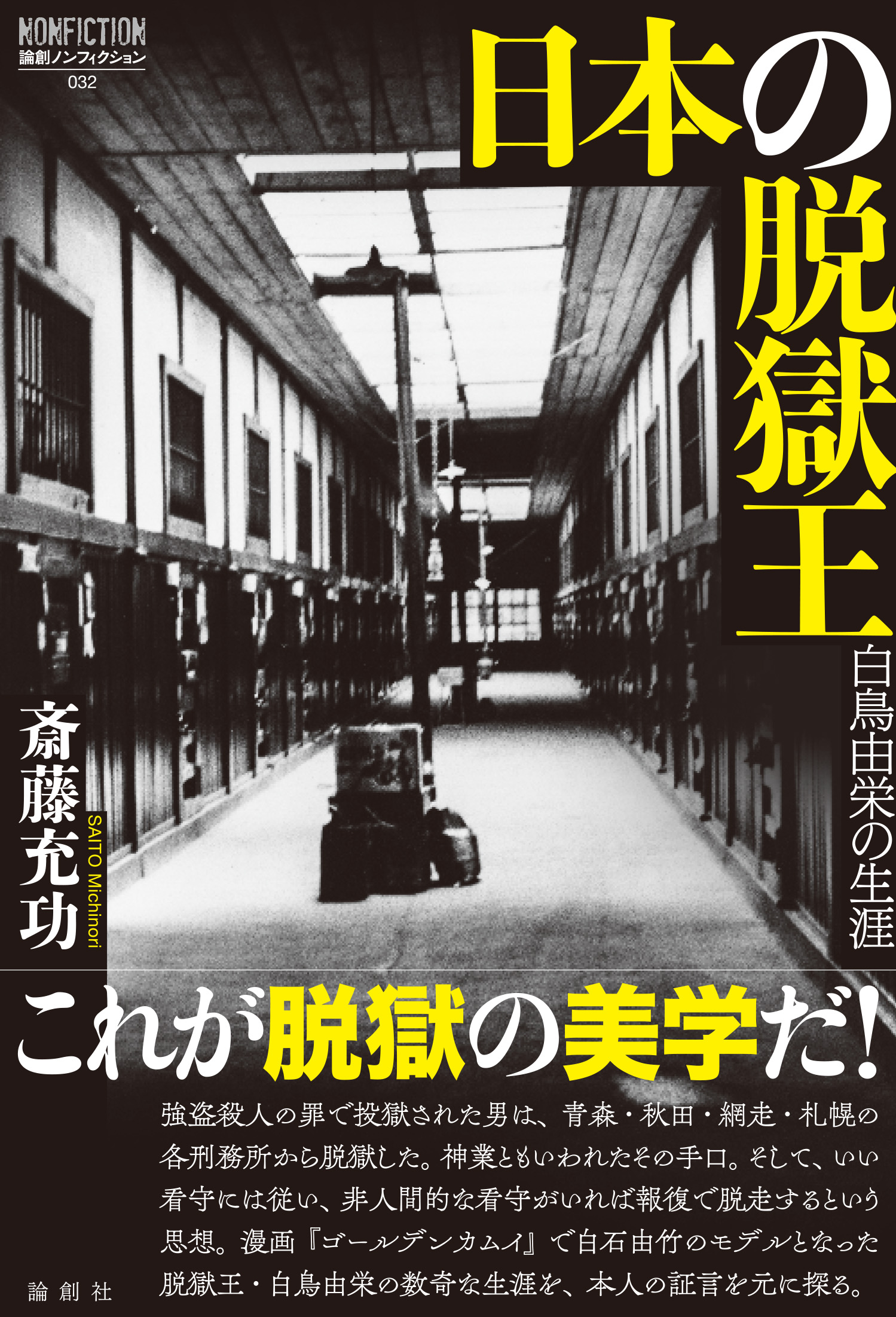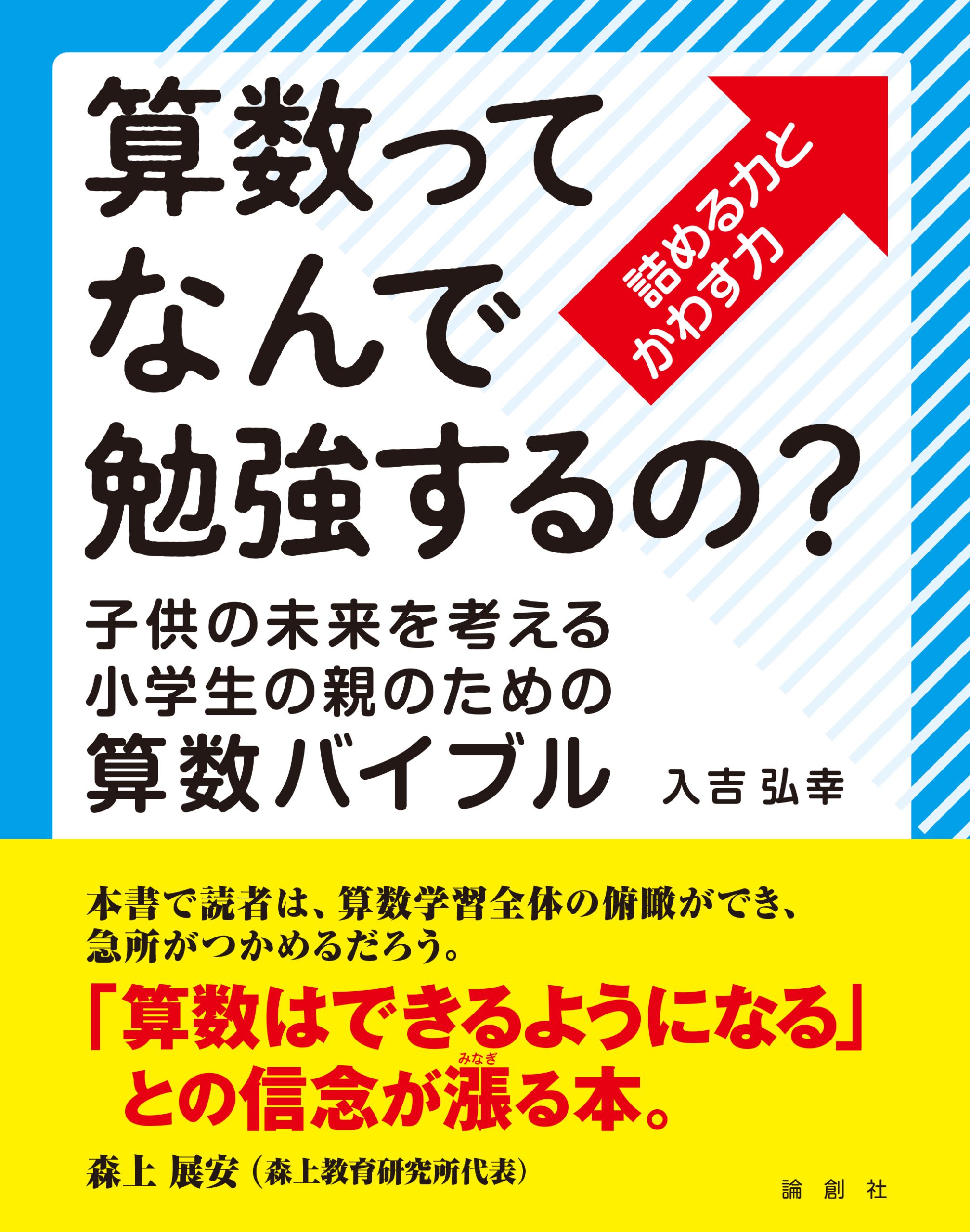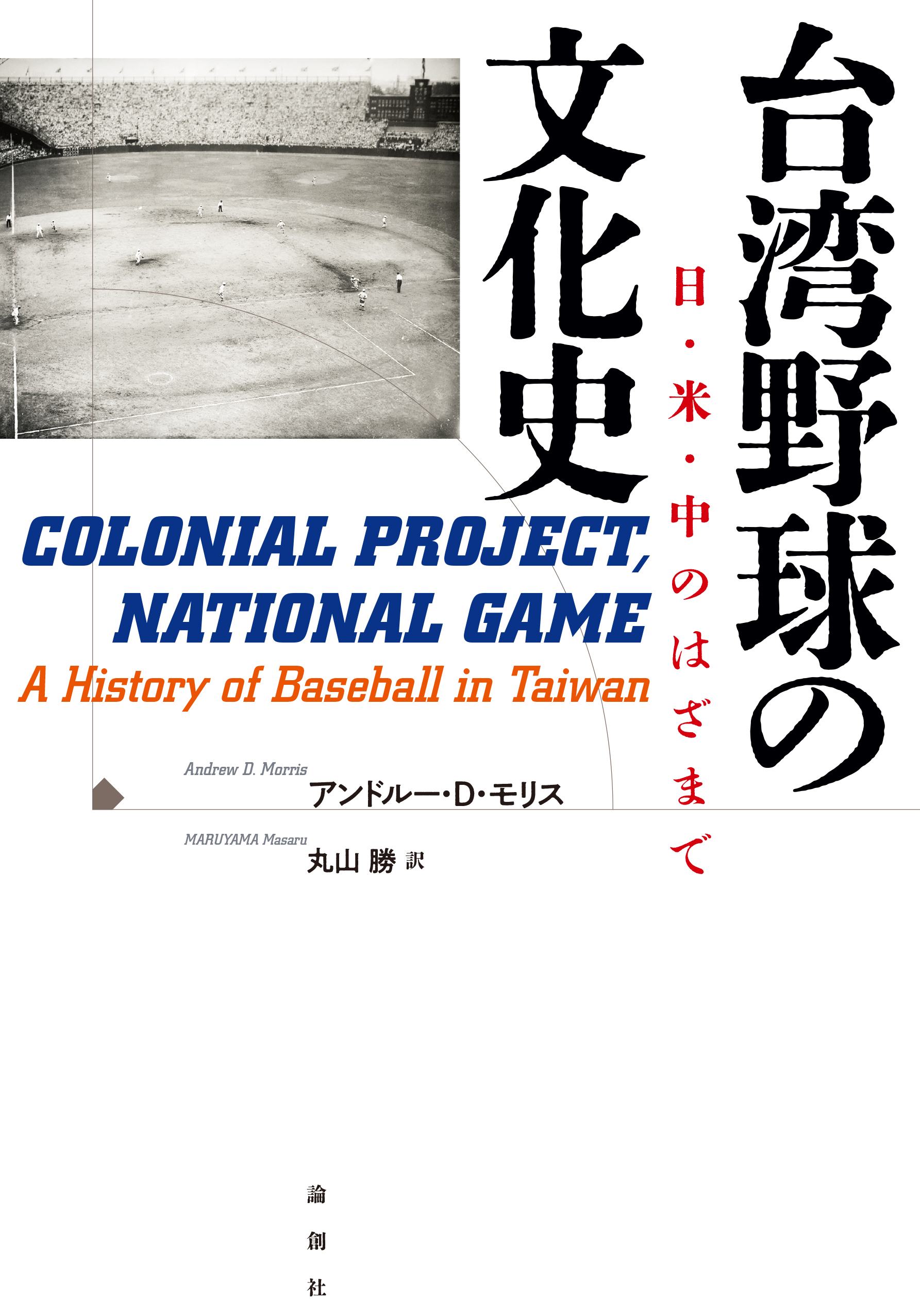- 2020-8-1
- お知らせ, 論創通信, The Nichiren Buddhism【ミステリーな日蓮 英訳版】
Politics and Doctrine of Nichiren Buddhism#005
Hiroto Ema
Chapter 1
Political position of Nichiren sect
4.Rivalry between Adachi Yasumori and Taira no Yoritsuna
The later half of Nichiren’s days (1272-82) coincided with the reign of Hōjō Tokimune, and during this period, the rivalry between Adachi Yasumori and Taira no Yoritsuna was going on within the shogunate. Yasumori was the head of the vassals and as the father-in-law of Tokimune represented interests of the eastern samurais. On the other hand, Yoritsuna, though just an private officer of the head family, took advantage of the strong and private relationship with the head family of Hōjō tribe and deeply involved in politics.
The February riot, which made the decline of Nagoe clan inevitable, was the attack prepared by Yoritsuna, who as the head of private officers of the head family commanded it. In the end, the shogunate tried to save the situation by executing another private officers of the head family, claiming that he accidentally shoot Nagoe Tokiaki who was innocent. So this riot was a reverse phenomenon in which Yasumori, the representative of outsiders, objected against an incident led by insiders and by contraries punished them(33). Thus it can be regarded as the beginning of the hot rivalry between Yoritsuna and Yasumori, and the change of the treatment for Nichiren and his sect in the latter period might have been deeply related to it.
Here we would like to take the example of Hiki Yoshimoto, an influential supporter for Nichiren. Originally Yoshimoto and Yasumori were relatives and, as Yoshihide Kiyota points out, Yoshimoto was Yasumori’s master of calligraphy(34). From then on, this relationship between Yoshimoto and Yasumori decided the position of Nichiren and his sect. Equally, since Yasumori had stood for Nichiren by the exertion of Yoshimoto, Tokimune, the regent, might have decided to stop beheading him(35). And also in the February riot, while Yasumori the outsider won over insiders, the disciples of Nichiren were released and Nichiren himself was moved from Tsukahara to near the residence of Ichinosawa Nyuudou for better treatment. During Nichiren’s transportation to Sado Island, Hōjō Nobutoki, who had Nichiren under his charge, oppressed him by issuing false letters of the shogunate three times(36). And as Shigeo Hosokawa points out(37), Nobutoki belonged to pro-Yoritsuna faction. When Nobutoki failed at beheading Nichiren at the night in Tatsunokuchi, he left Kamakura early morning in spite of being in charge of watching on Nichiren, and headed for a spa of Atami. It might be an intentional sabotage with an expectation that Yasumori and his supporters would regain power. And when Nenbutsu monks plotted to put Nichiren to the sword, Honma Shigetsura, then the vice governor of Sado Island, revealed that he had a rider that they should not kill Nichinren and dismissed the plot(38). Thus, even in the transportation, Nichiren was embroiled in the intense rivalry between them.
Futhermore, according to the theory by Kazuto Hongo that Hōjō Yoshimasa, who had been appointed to Rensho and the governor of Musashi country the year before and put Nichiren under his charge, in fact belonged to pro-Yasumori faction(39), Yasumori seems to have influenced the pardon of Nichiren of fourteenth February 1274. Though Nichiren complained about the false letters to Tokimune and it led to his pardon, the timing of filing the complaint must have been weighed by Yoshimoto and Yasumori. On twelfth February, shortly before the pardon of Nichiren, a battle occurred in Kamakura and Nagoe Chikatoki was attacked, but he got over it and the battle ended(40). So it seems that the preparation for the pardon was done around this time. Later, Nichiren expressed his deepest gratitude for Yoshimoto(41). And the improvement of the treatment of Nichinren might have been carried out when Yasumori and his supporters succeeded in containing pro-Yoritsuna faction so that pro-Yasumori faction gained the ascendancy over Yoritsuna.
While being in Sado Island, Nichiren strictly forbade his disciples to act for his pardon and affirmed that those who broke it wouldn’t be his disciple any more(42). Nichiren must have feared that actions of his disciples would be used politically, and it proves he was strongly conscious of the political movement in Kamakura, especially the rivalry between Yoritsuna and Yasumori. While Nichiren stimulated religious sentiment of his disciples by criticizing the shogunate for inviting the invasion of Mongolia, his order forbidding any real action must have been a result of his cool-headed calculation of real politics.
After Nichiren went into Minobu mountain, the oppression against him came to a halt. But during the years from 1275 to 1278, his disciples got to be oppressed as pro-Yoritsuna faction expanded(43). Especially in June 1277, when Yoshimasa, then the Rensho, retired and got punished, Shijō Yorimoto was slandered and forced to write an oath that he should discard the faith in Lotus Sutra. And in October, when Yoritsuna joined the inner-decision-making body, Ikegami Munenaka and his brother Munenaga got to be oppressed similarly and Munenaka was disowned by his father. So it seems that the aim of oppression changed from Nichiren himself to the estrangement between him and his disciples. Yet, these persecutions ended immediately when “a single word from Kami(above)” (“Shijō Kingo dono gosho: Nine Thoughts to One Word.”Syōwa Teihon Nichiren syōnin ibun, ed. Rissyō University, pp. 1437) arrived, and this fact must have related to the movement of pro-Yasumori faction.
On the other hand, the force and size of the sect which had declined after Nichiren had been transported to Sado Island was recovered with the invasive action by Mongolia, and its missions enlarged. During this period, Nichiren criticized insiders such as Yoritsuna bitterly, saying they were “the worms in a lion’s body which eat away at and kill it” and “those who make their ways in the world protected by the regent, under cover of his authority, threaten everyone, causing them suffering and distress”(44). So it is easy to imagine that those who had been criticized, such as Yoritsuna and Ninshō(Shingon-Ritsu esoteric sect monk 1217-1303), waited for a chance to attack Nichiren. And Goke-ama would be behind them as the symbol of the head family.
The Nichiren sect of late-stage confronted the forces connected with insiders, such as Goke-ama (members of the head family), Yoritsuna (insiders), and Ninshō (monks), and swayed on the fierce rivalry between Yasumori and Yoritsuna.
Note
(33)Susumu Ishii. Kamakurabito no koe wo kiku, NHK Publishing, 2000, pp. 150.
(34)Yoshihide Kiyota. “‘Hiki shi no ran’ go no Hiki shi.” Kanazawa bunko kenkyū 217, 1974.
(35) Hiroo Satō, op. cit., pp. 201.
(36) According to Nichiren, Hōjō Nobutoki, after having accepted the slander of Nenbutsu monks, said “there was no need to report it to the regent” and “he sent private orders” (“Shuju onfurumai gosho: The Actions of the Votary of the Lotus Sutra.” ed. Rissyo University, op. cit., pp. 978). So he criticized that Nobutoki had sent “false official documents” (“Kubo-no-ama gozen gohenji: False Official Documents.” ed. Rissyo University, op. cit., pp. 1503). About this point, Shigeo Hosokawa points out that under the autocracy by Yoritsuna after the Shimotsuki riot, many of important political measures of the head family got to be taken by the official documents of the butler which didn’t have the regent signature (Hosokawa, op. cit., pp. 163). So the “private orders” could be similar to the official documents of the butler.
(37) Hosokawa, op. cit., pp. 36.
(38) “Shuju onfurumai gosho: The Actions of the Votary of the Lotus Sutra.” ed. Rissyō University, op. cit., pp 973-974.
(39) Kazuto Hongou. Shin chūsei ōken ron, Shin Jinbutsu Ōrai Sya, 2004, pp. 185.
(40) “Yorimoto chinjō: The Letter of Petition from Yorimoto.” ed. Rissyō University, op. cit., pp. 1358.
(41) “Daigaku Saburō gosyo.” ed. Rissyō University, op. cit., pp. 1619.
(42) “Shingon shoshū imoku: Errors of the True Word and Other Schools.” ed. Rissyō University, op. cit., pp. 638.
(43) Shigeo Hosokawa points out that Yoritsuna assumed the post of the butler of the head family after his father Moritoki died in 1275 (Hosokawa, op. cit., pp. 163). On the other hand, Yoshihiko Amino surmises that the repeated retirements of the important officials of the shogunate, which occurred from 1276 to the next year, was due to the critical rivalry between Adachi Yasumori and Taira no Yoritsuna (Amino. Mōko Syūrai, Syōgakukan Library, 1974, pp. 252).
(44) “Kubo-no-ama gozen gohenji: False Official Documents.” ed. Rissyō University, op. cit., pp. 1503.
August 1st 2020
Please let us know your feedback via e-mail.
( Next section will be released on September 1st )
Back Number→The Nichiren Buddhism
ミステリーな日蓮 〈番外編〉「日蓮と政治」#005
江間浩人
第1章 日蓮教団の政治的立場
4.安達泰盛と平頼綱の抗争
日蓮の後期(1272-82)は、時宗の治世にあたっており、この時期、幕府内では安達泰盛と平頼綱との抗争が進行していた。泰盛は、御家人の棟梁であり執権外戚として東国武家の利益を代表する存在であった。一方の頼綱は被官の立場にありながら、御内人と呼ばれる得宗家との私的な関係の強さに乗じて幕政に深く関与してきていた。
特に名越家の凋落を決定づけた二月騒動は、御内人(得宗被官)の頂点である頼綱の指揮によって準備された名越家への攻撃であったが、結局、無実の時章を誤殺したとして射手だった御内人を処刑し、事態の収拾が図られている。これは、御内人主導で起こされた事件に対して外様(御家人)の代表である泰盛らが異議を唱え、逆に御内人を処分した逆転劇であった(33)。事件は、頼綱と泰盛との本格的な闘争の幕開けと位置づけられよう。後期における日蓮と教団に対する処遇の変化は、頼綱と泰盛の抗争と深く関連していたと考えられる。
ここで日蓮の大檀那である比企能本の存在に注目したい。能本と泰盛はもともと縁戚関係にあり、清田義英氏が指摘されたように、能本は泰盛の書の師匠でもあったようだ(34)。この能本―泰盛の関係が、これ以降、日蓮と教団の立場を決定づけていく。頼綱による日蓮斬首の企ても、能本の尽力によって泰盛が日蓮に味方した結果、時宗が処刑の回避に動いたものであろう(35)。また二月騒動においても、泰盛の逆転劇と符節を合わせて日蓮の弟子が入牢を解かれ、日蓮自身も塚原から一谷入道のもとに移されて待遇が改善されている。佐渡配流中、日蓮を預かった大仏宣時は、三度にわたって偽の御教書(36)を発行して日蓮を圧迫したが、細川重男氏の指摘(37)によれば宣時は頼綱派である。竜ノ口で夜間の日蓮斬首に失敗すると、宣時は預かり役でありながら早朝に鎌倉を離れ、熱海の湯に向かう。泰盛派の巻き返しを予測した意図的なサボタージュであろう。また、佐渡で念仏者が日蓮斬殺を謀った際、佐渡守護代だった本間重連が、「殺してはいけないとの上からの副状がある」ことを明かし、謀議を退けている(38)。配流中も、常に両者の息詰まる攻防の渦中に日蓮の身があったことが伺える。
さらに1274年(文永11)2月14日の配流赦免も、前年に連署と武蔵守とに任官して日蓮を預かった塩田義政が、実は泰盛派だったという本郷氏の指摘(39)に従えば、ここにも泰盛の影響をみることができる。日蓮が先の偽御教書の不法を時宗に訴え出て、赦免に繋がるのだが、直訴のタイミングは能本と泰盛が計ったに違いない。ちょうど赦免直前の12日に鎌倉で合戦があり、名越親時も攻められた。親時はこれを無事に乗り越えて戦いは収束している(40)。赦免の手配はこの合戦を契機に整えられたのだろう。日蓮は後に能本へ並々ならぬ感謝を伝えている(41)。日蓮の待遇の改善は、いずれも頼綱派の伸張を泰盛派が押さえ、泰盛派が優位に立った時に行われたものと考えられる。
また、佐渡に配流中、門下が鎌倉で赦免を求めて動こうとするのを、日蓮は強く制止する。そしてこれを守らない者は、日蓮の弟子ではないとまで厳命した(42)。これも門下の動きが政治的に利用されることを警戒したからに違いなく、日蓮が鎌倉の政治動向、特に頼綱と泰盛の抗争を強く意識していた証左である。蒙古の攻めは天の治罰であると政権を責め立てて門下の宗教的情念を駆り立てつつも、実際の運動をいさめる日蓮の指示には、現実政治を見極める冷徹な眼があったといえよう。
身延入山後、日蓮個人に対する弾圧は終息する。一方、建治年間には頼綱派の伸張(43)と符節を合わせ、門弟に圧迫が加えられた。特に連署義政の遁世と処分があった1227年(建治3)6月、四条頼基は讒言をもとに「法華棄経」の起請文を書くよう迫られ、10月に頼綱が寄合衆に加わると、池上宗仲、宗長の兄弟も同様の圧迫を受けて、宗仲は父から勘当される。弾圧の狙いが日蓮本人から、門弟と日蓮の離間に移ったようすがうかがえる。ところが、これらの弾圧も、ほぼ時を同じく「上の御一言」(「四条金吾殿御書」『昭和定本 日蓮聖人遺文』立正大学編1437頁)で終息しており、これも泰盛派の動きと無関係ではあるまい。
一方、佐渡流罪によって衰えた教勢は、蒙古襲来の動きを受けて息を吹き返し、教線も拡大していた。日蓮はこの時期、頼綱を筆頭とする御内人を「獅子身中の虫」と言い、「守殿の御恩にてすぐる人々が、守殿の御威をかりて人々を脅し、悩まし、わずらわし候」(44)と痛烈に批判する。これに反駁する頼綱や忍性(真言律 1217-1303)などが、攻撃の機会をうかがっていたことは想像に難くない。背後には後家尼が、得宗家を象徴する存在として控えていたであろう。
後期の日蓮教団は、後家尼(得宗家)―頼綱(御内人)―忍性(諸僧)という御内人に連なる勢力と対峙し、泰盛と頼綱のしのぎを削る対立抗争の内に揺れていたのである。
注
(33)石井進『鎌倉びとの声を聞く』(NHK出版、2000年)150頁
(34)清田義英「『比企氏の乱』後の比企氏」(『金沢文庫研究』217、1974年)
(35)前掲注(17)『日蓮』201頁
(36)日蓮によれば、宣時は念仏者らの讒言に従って「上へ申すまでもあるまじ」と「私の下知を下す」(「種々御振舞御書」定本978頁)といい、「そらみげうそ(虚御教書)」(「窪尼御前御返事」定本1503頁)と批判した。細川重男氏は、霜月騒動後の頼綱専制下において得宗家の重要政務の多くが得宗の花押を有さない執事書状によって行われるようになると指摘された[前掲注(15)『鎌倉政権得宗専制論』163頁]。日蓮のいう「私の下知」も執事書状と同様のものとみてよいのではないか。
(37)前掲注(15)『鎌倉政権得宗専制論』36頁
(38)「種種御振舞御書」定本973‐974頁
(39)本郷和人『新・中世王権論』(新人物往来社、2004年)185頁
(40)「頼基陳状」定本1358頁
(41)「大学三郎御書」定本1619頁
(42)「真言諸宗違目」定本638頁
(43)細川重男氏は、父・盛時の逝去を受けて頼綱が文永末年(1275年)には得宗家執事にも就任したとされる[前掲注(15)『鎌倉政権得宗専制論』163頁]。網野善彦氏は、1276年(建治2)から翌年にかかる幕府要人の相次ぐ遁世は、安達泰盛と平頼綱の危機的な対立を背景にしたものと推測されている(『蒙古襲来』小学館ライブラリー、1974年、252頁)
(44)「窪尼御前御返事」定本1503頁
—ご感想はお問い合わせメールまで(次回は9/1予定)—



